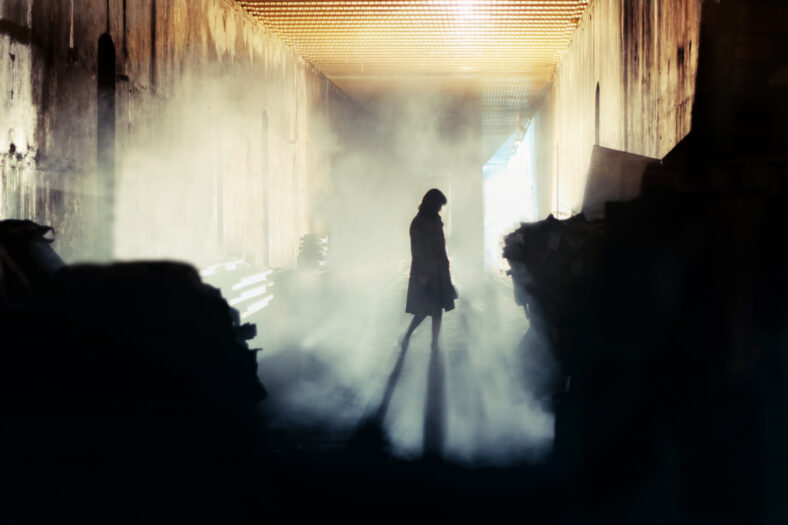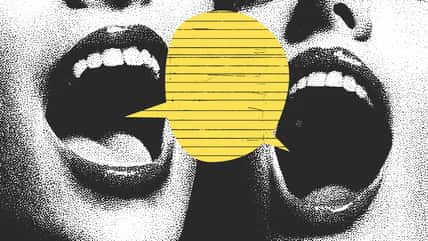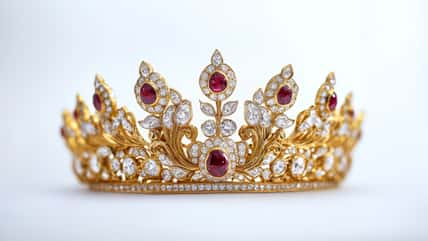Audrey Hepburn Became A Spy During World War II

You may know Audrey Hepburn as one of Hollywood’s most celebrated actresses. In the 1950s and ’60s, she became a film and fashion icon.
She was nominated for five Oscars and won the best actress award in 1953 for her performance in Roman Holiday.
But were you aware that she played the role of a secret spy? And it wasn’t a character she played on screen—it was in real life.
The actress was a spy who worked with the Dutch Resistance during World War II. So, how did such a well-known star become an undercover agent in the first place?
Hepburn was born in 1929 in Belgium to an upper-class family. Her mother was Ella van Heemstra, a Dutch baroness, and her father was a businessman named Joseph Hepburn-Ruston. They moved to London when she was young.
Her parents were pro-fascist, although her mother changed her views once she was faced with the realities of Nazi occupation.
Despite her mother’s title, the family was not wealthy at all. In 1935, Hepburn’s father walked out on them when she was six years old. Later, he was arrested and spent the war in British prisons.
Hepburn spent a few years at a private school in Dover, England, but with tensions rising, her mother thought it was best to relocate to the Netherlands. So, they moved in December 1939, where the baroness took a job selling furniture.
When the war broke out, Hepburn was just 10 years old. Germany invaded the Netherlands in May 1940. The troops quickly occupied towns and villages.

Sign up for Chip Chick’s newsletter and get stories like this delivered to your inbox.
Hepburn escaped from the chaos through dance. She enrolled in a specialized dance school in 1940 and fell in love with the stage.
Hepburn was a firsthand witness to the cruelties that took place during the war. In the summer of 1944, she started volunteering for Dr. Hendrik Visser’t Hooft, a physician and a member of the resistance to Nazi occupation.
The hospital in which he worked was the center of the resistance in the area. The doctors there forged identification papers to help those in hiding.
Hepburn contributed to the resistance by staging secret ballet performances to raise money for the Dutch resistance. The performances happened at night and were by invitation only.
She danced in a safe house with the blinds closed and in the light of a candle so that they would not be discovered.
Guards stood outside to let them know if any Germans were approaching. While she performed, a piano played softly, but no applause was allowed. At the end of the show, money was collected for the resistance.
Hepburn was also tasked with delivering messages for the resistance. She was still just a teenager then, young enough for the police not to take her seriously. In addition, she was able to charm her way out of interrogations.
The war took a terrible toll on the Dutch, and Hepburn and her family were no exception. They were short on food and lived without power, heat, and running water. Finally, in the spring of 1945, her town was liberated by Allied troops.
When the war was over, she received a ballet scholarship but was unable to pursue a career in dance because her form had been permanently damaged by malnutrition. So, she turned to acting instead, cementing herself as a Hollywood legend.
Throughout her career, she continued to do charity work. The actress died in 1993 at the age of 63.
More About:Chicks We Love





